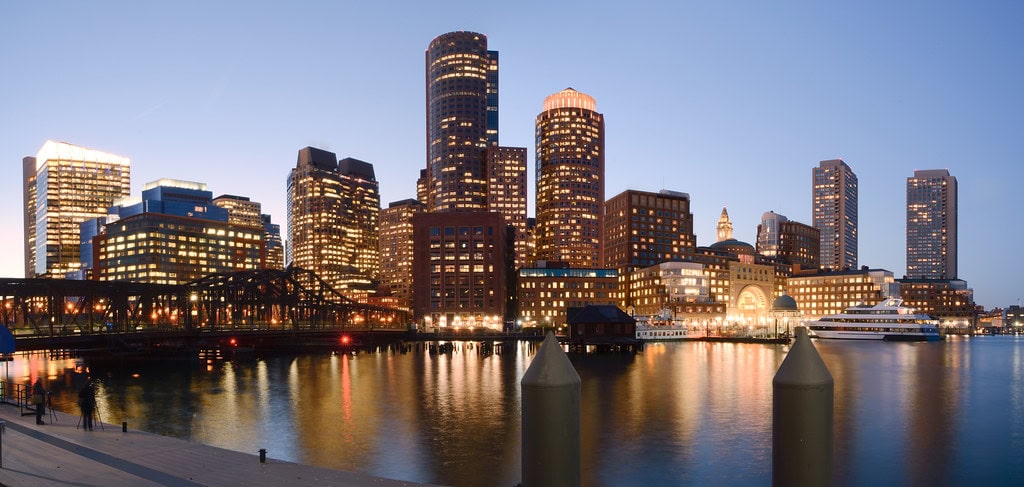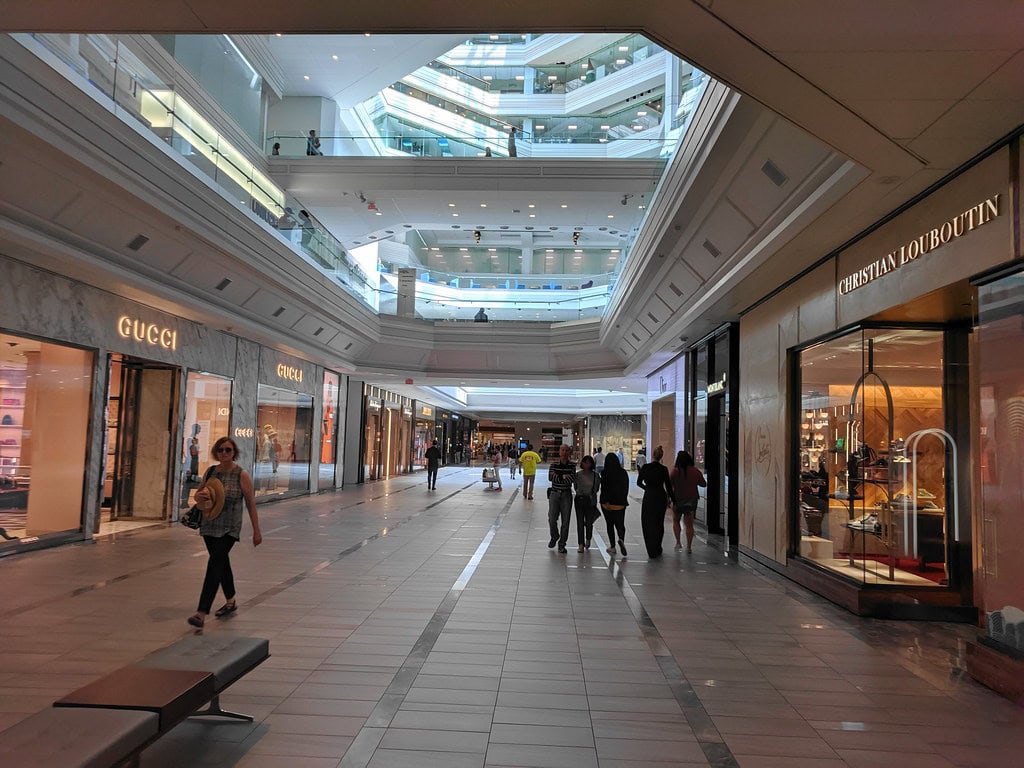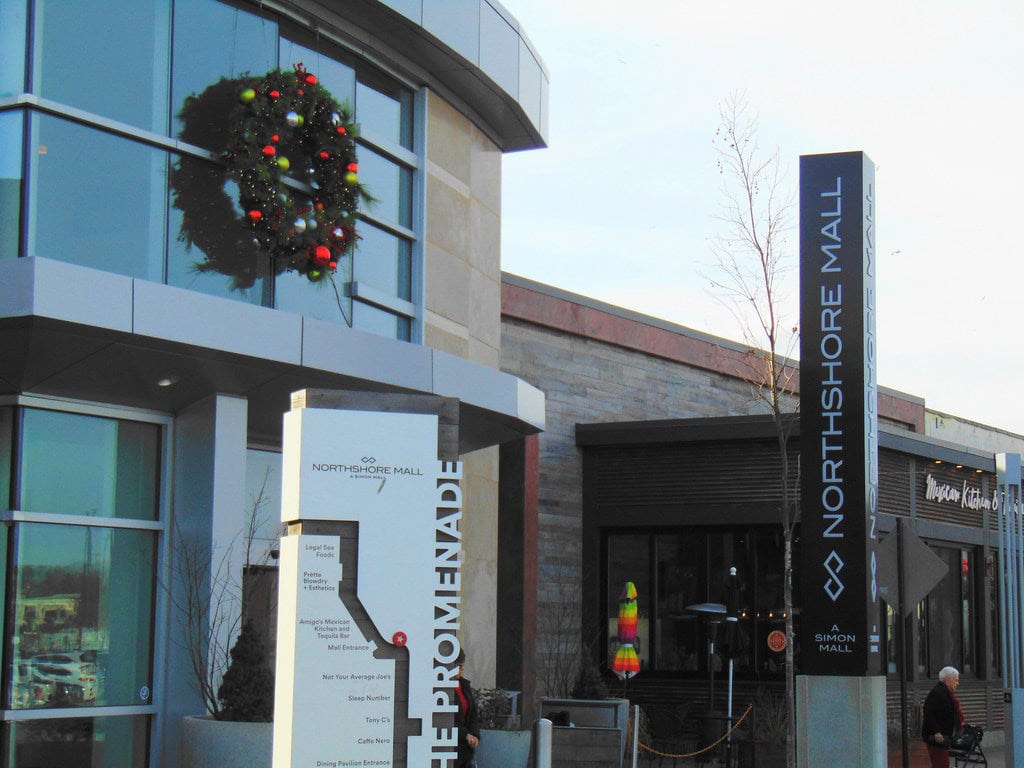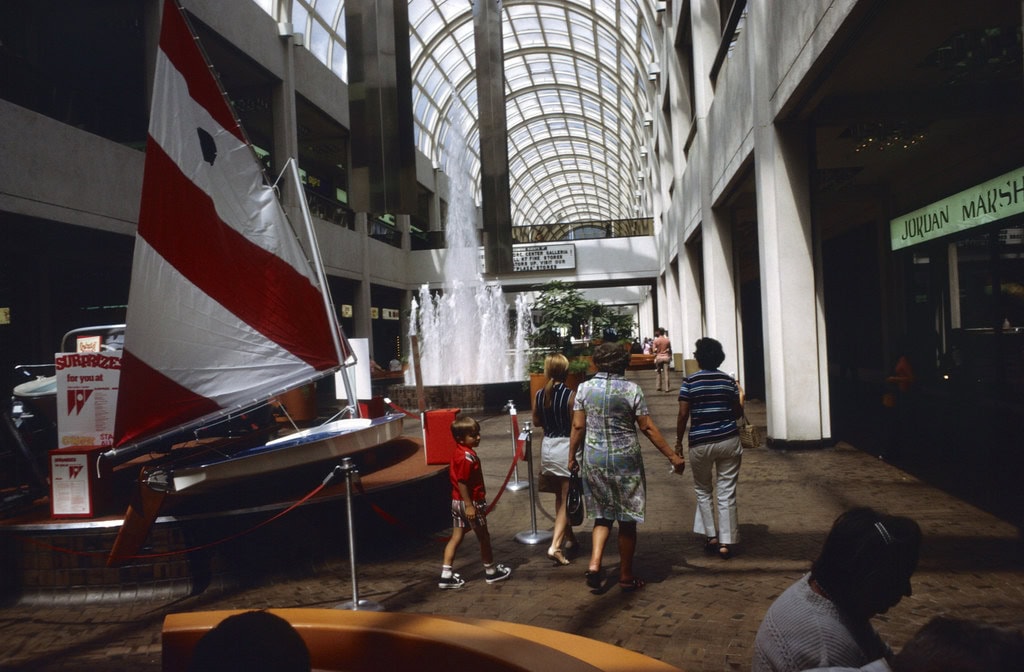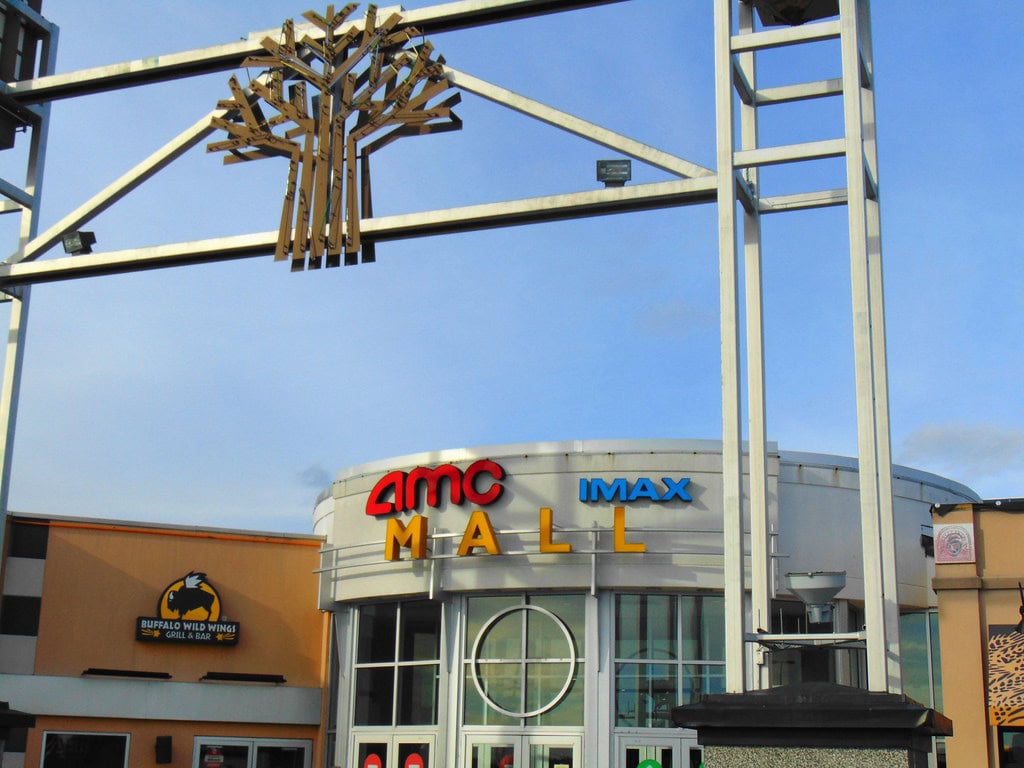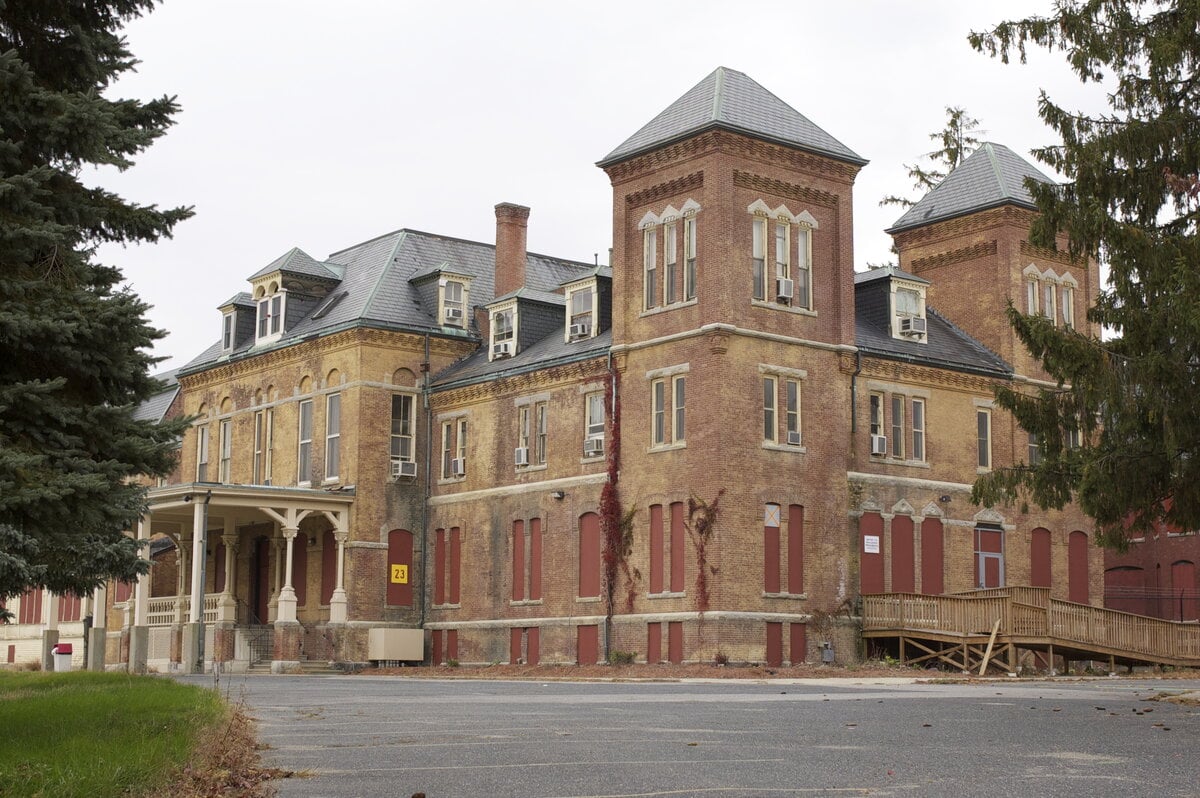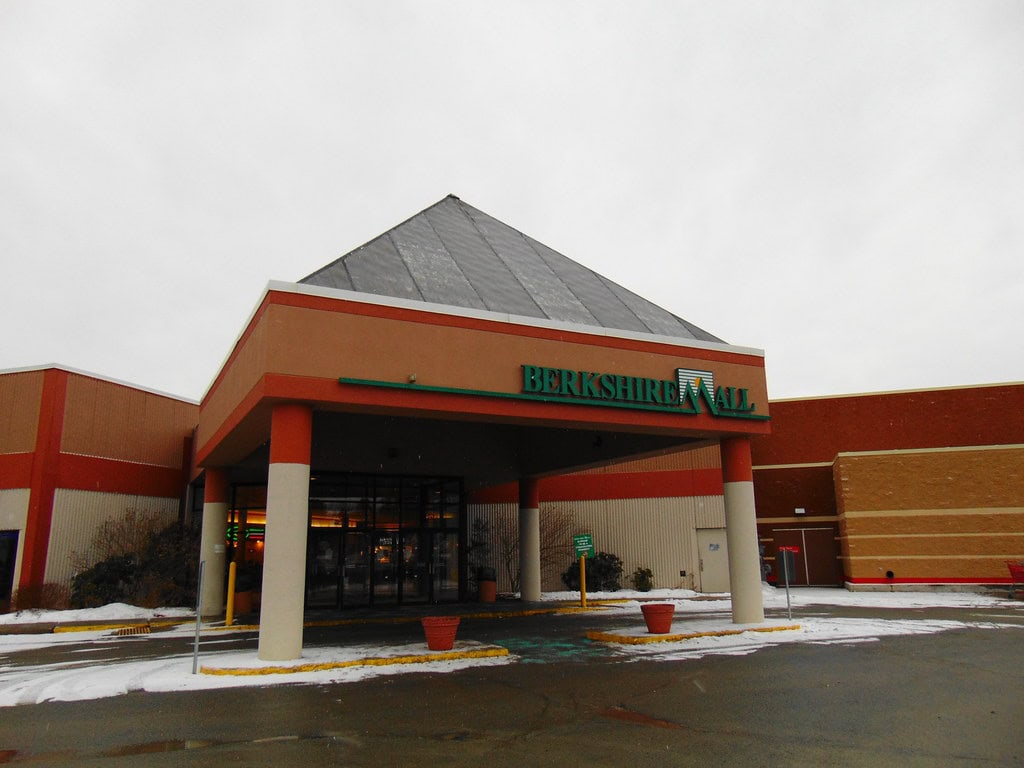Lynn, Massachusetts, is better known for its shoes and mills than for anything strange, but this list of 13 real, verifiable facts proves the city holds more oddities than most people guess.
Some of these facts are hidden in plain sight, carved into stone, baked into street names, or tucked behind brick storefronts.
Others live in historical markers or dusty archives. As you go through, keep score. How many did you already know? Which ones are real surprises?
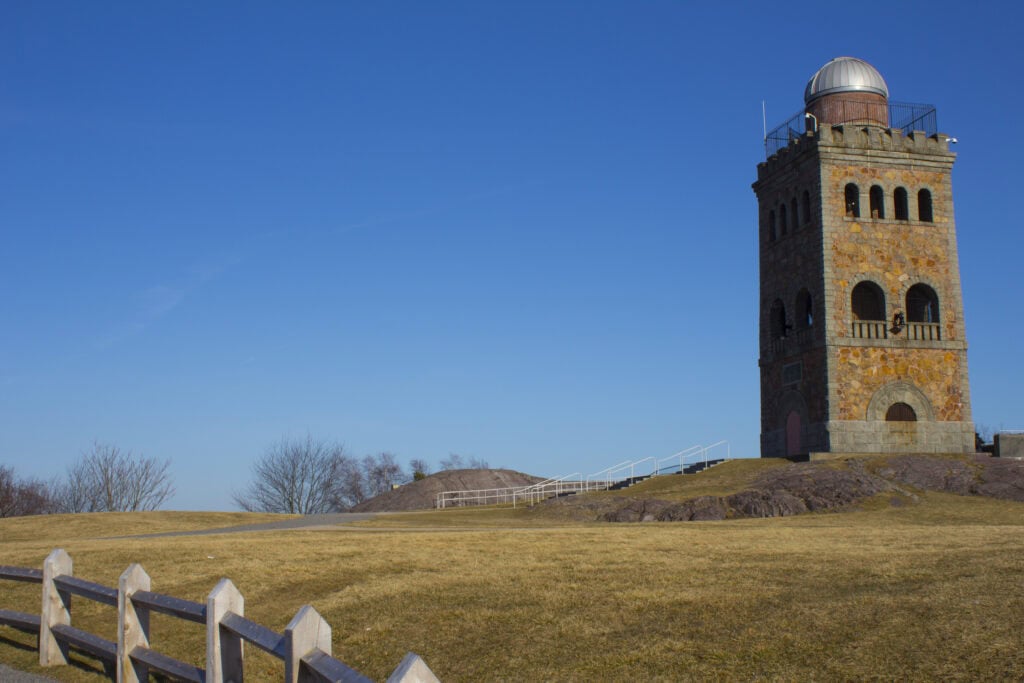
The city earned dual nicknames: "City of Sin" and "City of Firsts"
Because of widespread vice and crime during the 19th century, including a reputation for rowdy taverns and lawlessness, Lynn became known as the "City of Sin."
At the same time, the city embraced its technological and social innovations, promoting itself in the 1990s as the "City of Firsts."
That campaign highlighted Lynn as home to the first American jet engine, the first electric streetcar in the state, the first tannery, the first baseball game under artificial lights, and more.
The contrast of nicknames reflects how residents both acknowledge their rough history and celebrate earlier inventions and "firsts."
The first U.S. jet engine was built in Lynn during World War II
In 1941, engineers at the General Electric plant in Lynn completed the first jet engine ever made in the United States.
It was called the I-A and was based on a design licensed from British inventor Frank Whittle.
The Lynn team assembled and ran the engine in just five months, working inside a converted textile building on Western Avenue.
After successful testing, it was installed in a Bell XP-59A Airacomet, which flew in October 1942.
This marked the start of America's jet aviation program.
GE's Lynn plant became a permanent site for military jet engine production and remains one of the city's largest employers today.
Lynn was home to the first electric streetcar in Massachusetts
In March 1888, Lynn powered the first electric streetcar line in Massachusetts.
The Thomson-Houston Electric Company, based in Lynn, provided electricity for the Highland Circuit of the Lynn & Boston Railway Company.
At the time, it was among the earliest systems in the state to transition away from horse-drawn trams.
Thomson-Houston later became part of General Electric in 1892.
By lighting and powering local transit, Lynn helped lead early urban electrification in New England, and the same infrastructure would later support aviation, industry, and public lighting across the region.
Lynn's Pine Grove Cemetery has a wall that locals say is second only to the Great Wall of China
Pine Grove Cemetery in Lynn has a stone perimeter wall built by the Works Progress Administration during the 1930s.
The wall runs for more than a mile and a half along Boston Street and other cemetery borders.
Local tradition claims it's the second-longest continuous stone wall in the world, though no official ranking confirms that.
The cemetery itself opened in 1849 and covers over 80 acres. It contains more than 90,000 burials, including many from the Civil War era.
The wall's construction used local labor during the Great Depression and remains one of the most visible public works structures in the city.
Few residents realize how much hand-cut stone lies behind the wrought iron gates.
Lynn's Dungeon Rock is the result of a failed pirate treasure dig by a 19th-century Spiritualist
In the mid-1800s, a man named Hiram Marble bought land in what is now Lynn Woods and spent years tunneling into a granite outcrop known as Dungeon Rock.
Marble believed that a pirate ghost, Thomas Veale, had appeared to him in visions and told him where the treasure was buried.
Marble and his son dug for decades, eventually carving a tunnel 136 feet into solid rock using hand tools and black powder.
They built a wooden shack above the site and charged visitors to see the excavation.
No treasure was ever found, but the site remains open to the public.
High Rock Tower was built on instructions reportedly from Benjamin Franklin and Socrates
In the 1840s, a Spiritualist influenced by the Hutchinson Family Singers believed the spirits of Benjamin Franklin and Socrates guided him to build High Rock Tower atop a hill in Lynn Woods.
The original structure was built in 1848, replacing an earlier 1847 cottage. Visitors used the tower to spot incoming ships.
Today, the larger 85‑foot structure still stands, offering panoramic views of Boston, Nahant, and the Atlantic coastline.
It houses a Meade telescope capable of viewing Saturn's rings and distant nebulae.
The site blends spiritual lore, Victorian-era architecture, and a public park setting designed by the Olmsted family.
Capitol Diner in Lynn is the last remaining Brill diner in the United States
Capitol Diner, located at 431 Union Street in Lynn, is believed to be the last surviving diner built by the J.G. Brill Company, which was better known for making streetcars.
The diner was constructed in 1928 and placed on its current foundation in 1934.
It has operated continuously since then, run by the same family since 1938.
Unlike many modern diners, Capitol Diner still retains its original mahogany trim, red leather stools, and pressed metal ceiling.
The building was placed on the National Register of Historic Places in 1999.
Today, it serves breakfast and lunch in a compact, narrow space that feels like stepping into another era.
Most customers are regulars who come for both the food and the history.
Lynn Woods Reservation spans over 2,200 acres, one of the nation's largest municipal forests
Lynn Woods Reservation covers more than 2,200 acres within the city limits, making it one of the largest municipal forests in the United States.
The forest features more than 30 miles of trails, granite outcrops, streams, stone towers like the Burrill Hill lookout, glacial erratic boulders, and picnic areas built in the early 20th century.
Designed in part by Frederick Law Olmsted's firm, the woods provide hiking, birdwatching, horseback riding, and cross-country skiing.
Much of Lynn's dense residential fabric lies directly alongside this vast woodland, which occupies roughly one-quarter of the city's area and remains open to the public year-round.
A V-shaped shoe factory in downtown Lynn was once the world's largest brick shoe plant
The Vamp Building in Lynn was designed to reflect the shape of a shoe's upper section, known as the vamp.
Its brick structure formed a sharp V that fit into the bend of Washington and Broad Streets.
Built in stages beginning in 1903, it reached eight stories tall and stretched across three city blocks.
At its peak, the building housed multiple shoe manufacturers producing thousands of pairs daily.
The building's footprint and nickname made it an architectural curiosity among New England factories.
It was also a symbol of Lynn's dominance in shoe manufacturing during the early 20th century, when the city produced more shoes than anywhere else in the country.
The structure still stands, though it's no longer used for production.
Lynn hosted the first tannery in what became the United States
Shortly after European settlement in 1629, Lynn (then called Saugus) introduced the first recorded tannery in New England.
Colonists established leather production using local bog iron and oak bark.
This set the stage for Lynn's later rise in leather goods and shoe manufacturing.
The tannery manufacture contributed to early colonial commerce and regional trade.
It became a building block for Lynn's later title as the "Shoe Capital of the World." The industry grew through the 17th and 18th centuries, leveraging both labor and natural resources.
Lynn-born inventor Jan Matzeliger revolutionized shoemaking in the 19th century
Jan Earnst Matzeliger, who lived and worked in Lynn, improved shoe production in the 1870s by inventing a mechanical lasting machine.
The device attached uppers to soles automatically, replacing a slow manual step.
By about 1885, it was widely adopted in Lynn plants, cutting costs and increasing daily output dramatically.
Matzeliger held multiple patents for the device. Lynn's boot-and-shoe industry thrived as a result of his innovation.
Historical markers in Lynn commemorate his contribution to industrial technology and labor history.
Lydia Pinkham developed her vegetable compound at her Lynn home
At 285 Western Avenue in Lynn stands the Second Empire-style house where Lydia Pinkham lived in the 1870s and early 1880s.
It's here she created and distributed her famous "Pinkham's Vegetable Compound," marketed to women nationwide.
Women would write letters to her home, and Pinkham herself answered many of them personally.
After she died in 1883, the company continued operating from the same address.
The house was designated a National Historic Landmark in 2014 and remains a rare example of a 19th-century home tied directly to commercial and medical history in Lynn.
It is the only place where that product was both made and sold.
Lynn's Grand Army of the Republic Hall is the only remaining GAR hall in Massachusetts
At 58 Andrew Street stands the Grand Army of the Republic Hall, built in 1885 for Union Army veterans.
It is the largest Romanesque GAR hall still standing in the United States, and the only one left in Massachusetts.
The four-story building includes a meeting hall that retains much of its original 19th‑century interior.
The lower floors were altered over time, but the upper hall remains intact.
The building was originally lit by Thomson‑Houston incandescent electric lighting.
In 1919, it was turned over to the city and today operates as a museum focused on Civil War veterans and the GAR organization.

